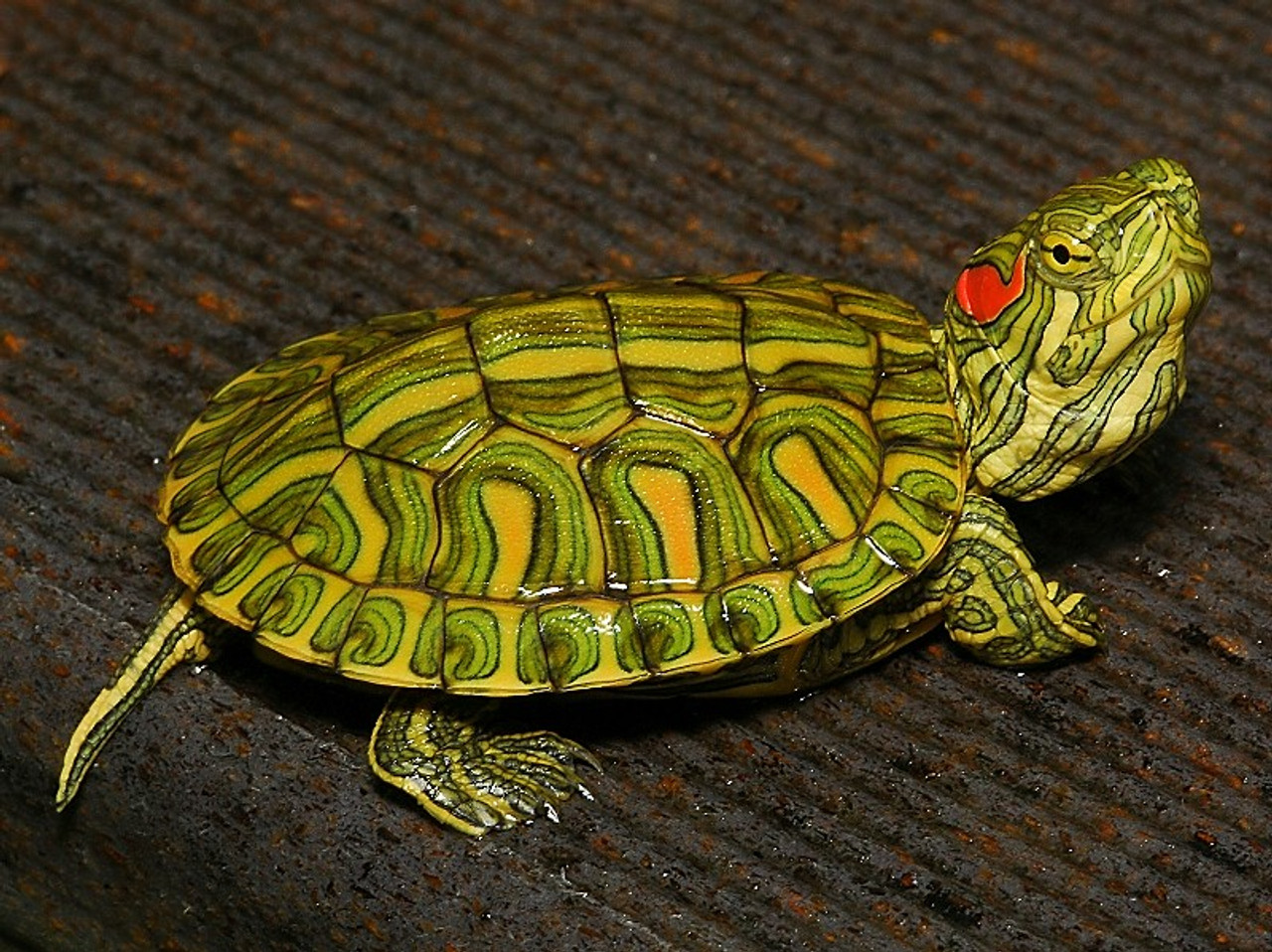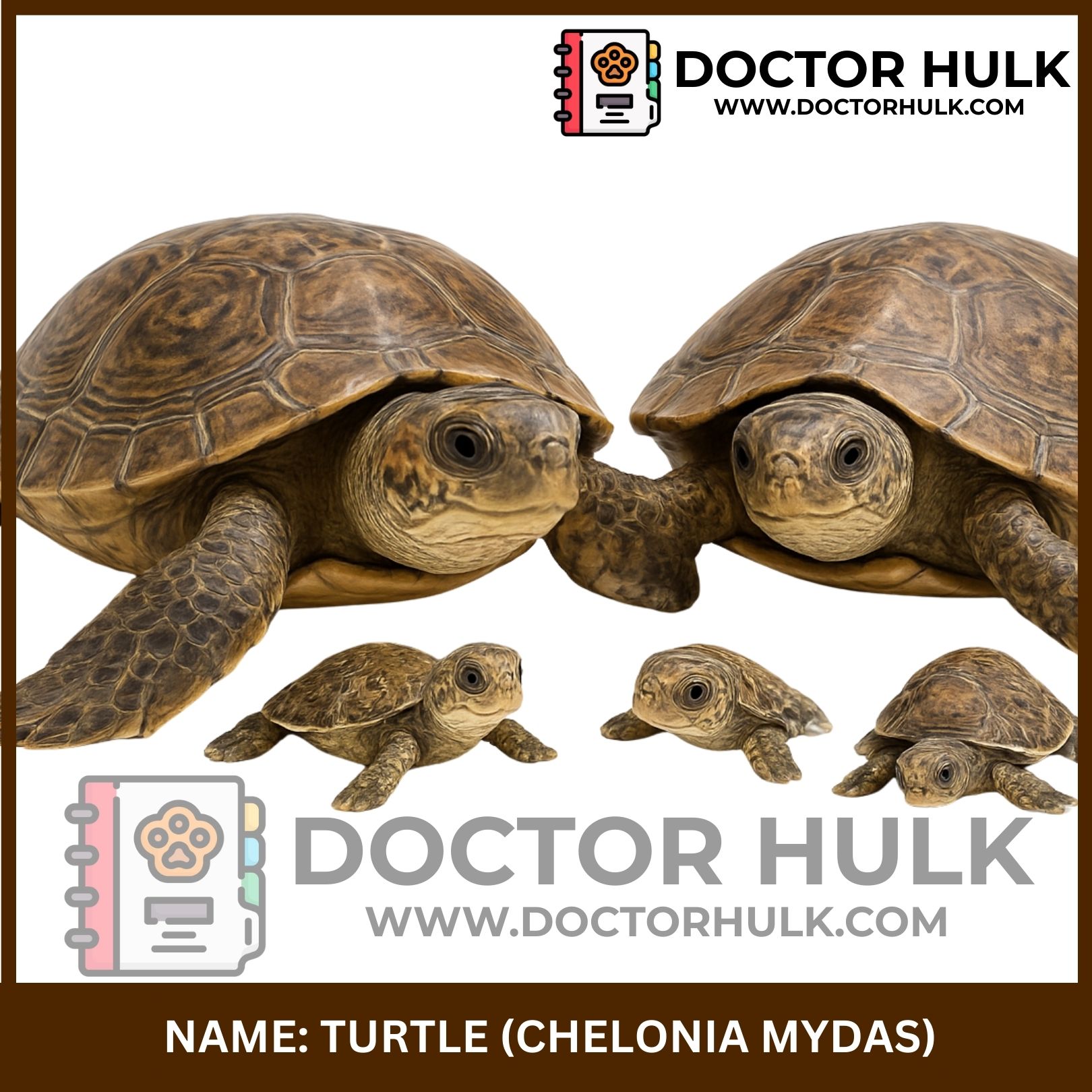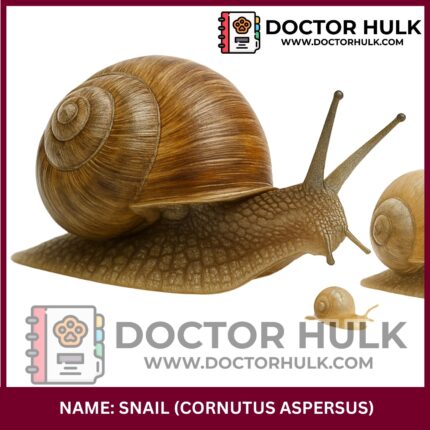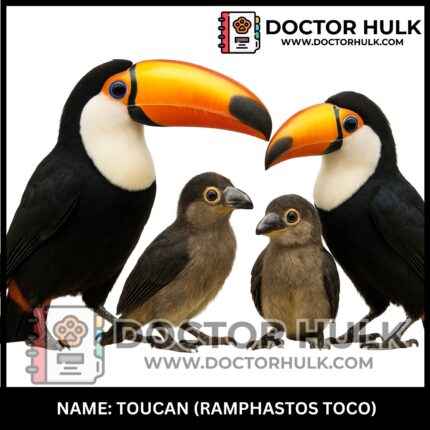A turtle is a fascinating reptile known for its hard, protective shell and slow movements. While many people use the terms “turtle” and “tortoise” interchangeably, the key difference is that turtles spend most of their time in the water, while tortoises are primarily land-dwellers.
Turtles have adapted to a variety of environments, including oceans, freshwater lakes, and rivers. Some species, like the sea turtles, spend almost their entire lives in the ocean, only coming ashore to lay eggs. Others, like box turtles, live in ponds or marshes. They have webbed feet or flippers, which make them excellent swimmers, and their streamlined bodies help them glide through water with ease.
Scientific Classification
-
Kingdom: Animalia
-
Phylum: Chordata
-
Class: Reptilia
-
Order: Testudines
Turtles include both freshwater and marine (sea) species, while tortoises are strictly land-dwellers. They all belong to the same order, but their adaptations set them apart.
Common Names
-
Turtle (general name)
-
In Yoruba: Ijapa omi (“water tortoise”)
-
In Igbo: Mbe mmiri (“water tortoise”)
-
In Hausa: Kunkuru ruwa
In many cultures, turtles symbolize wisdom, long life, and patience. In coastal communities, sea turtles are part of tradition and folklore.
Geographic Distribution
Turtles are found all over the world:
-
Freshwater turtles live in rivers, lakes, swamps, and ponds.
-
Sea turtles swim in oceans and come ashore only to lay eggs.
-
Some semi-aquatic turtles split time between land and water.
Turtles are present in Africa, Asia, the Americas, Australia, and many islands, including Nigeria’s coastal zones.
Physical Characteristics
Turtles are adapted for swimming and water survival:
-
Shell: Flat and streamlined for smooth swimming
-
Limbs: Flippers (in sea turtles) or webbed feet (in freshwater types)
-
Nostrils: High on the snout to breathe while mostly submerged
-
Eyes: Good underwater vision
-
Size: From palm-sized to over 1 meter long
 Image showing a sea turtle gliding underwater with coral in the background (Source: StockCake)
Image showing a sea turtle gliding underwater with coral in the background (Source: StockCake)
Major species of Turtles
1. Green Sea Turtle (Chelonia mydas)
-
Region: Tropical and subtropical oceans
-
Size: Up to 1.5 meters (500+ lbs)
-
Diet: Seagrass and algae
-
Shell: Smooth and olive-brown
-
Status: Endangered, due to fishing nets and beach development
 Image showing a green sea turtle swimming near coral reef (Source: Flickr)
Image showing a green sea turtle swimming near coral reef (Source: Flickr)
2. Leatherback Sea Turtle (Dermochelys coriacea)
-
Region: Worldwide oceans
-
Size: Largest turtle (over 2 meters long)
-
Shell: Leather-like, not hard
-
Diet: Jellyfish
-
Special Trait: Can dive over 1,000 meters deep
-
Status: Critically endangered
 Image showing a leatherback turtle on a sandy beach (Source: Flickr)
Image showing a leatherback turtle on a sandy beach (Source: Flickr)
3. African Helmeted Turtle (Pelomedusa subrufa)
-
Region: Sub-Saharan Africa
-
Size: Small (15–25 cm)
-
Habitat: Swamps, ponds, and rivers
-
Behavior: Known to walk on land after rain
-
Diet: Omnivorous, insects, plants, and fish
Commonly seen in Nigeria and other parts of West Africa.
Image showing an African helmeted turtle on green grass (Source: Wikipedia)
4. Red-Eared Slider (Trachemys scripta elegans)
-
Region: Native to North America, but found worldwide in captivity
-
Shell: Olive with red mark behind each eye
-
Size: Medium (20–30 cm)
-
Popular as a pet, though they can harm local species if released in the wild.
 Image showing a red eared slider (Source: The Turtle Source)
Image showing a red eared slider (Source: The Turtle Source)
Fun facts about Turtles
-
Turtles don’t have teeth, but use sharp beaks to tear food.
-
Sea turtles can hold their breath for hours underwater.
-
The temperature of turtle eggs can determine the baby’s sex.
-
Turtles can live over 100 years, depending on species.
-
Female sea turtles always return to the same beach where they were born to lay eggs.
Importance to nature & humans
-
Turtles help keep seagrass beds and freshwater ecosystems healthy.
-
Their eggs and hatchlings feed many predators, supporting the food web.
-
In many cultures, turtles are symbols of creation and endurance.
-
Sadly, turtles are often hunted or caught accidentally in fishing gear.
Health & common issues
Turtles face several dangers, especially due to human activity:
-
Pollution: Plastic bags and oil spills threaten sea turtles.
-
Injuries: From boat propellers or fishing nets.
-
Shell infections and parasites: Especially in captivity
-
Dehydration and poor diets: A common issue in pet turtles
If you find a sick or injured turtle, don’t handle it roughly. Keep it safe and contact a wildlife center or Vet. You can also reach out to us at Doctor Hulk Veterinary Hospital via 08143397614.
Conservation Status
Many turtles are endangered or critically endangered due to:
-
Illegal hunting and egg collection
-
Habitat destruction (coastal development, wetland loss)
-
Climate change affecting nesting patterns
-
Pollution and ocean waste
Protecting turtle nesting beaches, reducing plastic waste, and supporting turtle-friendly fishing practices can help save these ancient reptiles.
Turtle vs Tortoise
| Feature | Turtle | Tortoise |
|---|---|---|
| Habitat | Water (fresh or sea) | Land only |
| Shell Shape | Flat and streamlined | High and dome-shaped |
| Limbs | Webbed or flippered | Thick, stumpy legs |
| Swimming Ability | Excellent swimmers | Cannot swim |
| Lifespan | Up to 100+ years (varies) | Up to 150 years (some species) |
For turtle care, rescue, or conservation advice, feel free to reach out to us at Doctor Hulk Veterinary Hospital, or simply call us through 08143397614.













Reviews
There are no reviews yet.